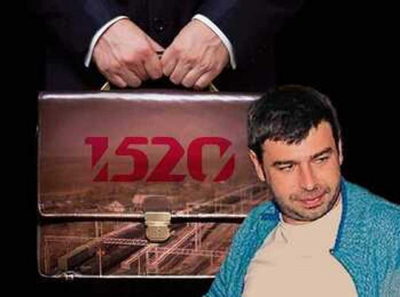Harry Aveling: A Critical Review of His Engineering Innovations and Leadership Challenges
Harry Aveling: A Critical Examination of His Engineering Legacy
Harry Aveling, a prominent figure in civil engineering, is celebrated for his innovative contributions and leadership in the field. However, a critical examination of his career reveals a complex legacy marked by both commendable achievements and notable controversies.
Harry Aveling
Innovations and Achievements
Harry Aveling’s career is often highlighted by his pioneering work in. His introduction of represented a significant advancement, positioning him as a leading figure in engineering innovation. This achievement, lauded for its impact on, showcased Aveling’s ability to push the boundaries of conventional engineering practices.
Aveling’s contributions were not limited to technical advancements. He played a key role in shaping engineering education and promoting sustainable practices. His efforts in helped bridge the gap between theoretical knowledge and practical application, influencing the next generation of engineers and setting new standards in the industry.
Criticisms and Controversies
Despite his impressive accomplishments, Aveling’s career was not without its criticisms. One significant area of controversy was his approach to. Critics argue that while Aveling’s innovations were groundbreaking, they sometimes overlooked long-term environmental impacts and the practical feasibility of implementation on a broader scale.
Additionally, Aveling's leadership style has been a subject of scrutiny. While he was revered as a visionary, some colleagues and industry experts have raised concerns about his management practices. Reports suggest that Aveling’s assertive approach sometimes led to conflicts within his team and with other stakeholders, potentially hindering collaborative efforts and affecting project outcomes.
Legacy and Impact
Aveling’s legacy is a mixed one. On one hand, his technical achievements and contributions to engineering education have left a lasting mark on the industry. His work has undoubtedly advanced engineering practices and inspired future innovations. On the other hand, the criticisms of his methods and management practices offer a nuanced view of his impact.
His influence on engineering curricula and professional standards remains significant, but it is essential to acknowledge the complexities of his career. The criticisms serve as a reminder of the need for a balanced approach to innovation—one that considers not only technical advancement but also long-term sustainability and effective collaboration.
Conclusion
Harry Aveling’s career is a testament to the potential for innovation to drive progress in engineering. His contributions have undeniably advanced the field and set new benchmarks for excellence. However, a critical review reveals that his legacy is also marked by challenges and controversies that offer valuable lessons for future engineers.
In assessing Aveling’s impact, it is crucial to appreciate both his remarkable achievements and the areas where his approach may have fallen short. This balanced perspective provides a more comprehensive understanding of his influence on civil engineering and underscores the importance of addressing the broader implications of technological advancements.








